Trekking in Vietnam: A Complete Guide to Plan Your Adventure
Vietnam, a land of breathtaking landscapes, vibrant culture, and warm hospitality, beckons adventurers with its stunning trekking opportunities. From the cascading rice terraces of Sapa in the north to the rugged mountains of Ha Giang and the lush jungles of the central highlands, Vietnam offers a diverse tapestry of trails waiting to be explored. Organizing a trekking tour in this captivating country can seem daunting at first, but with careful planning and preparation, you can craft an unforgettable journey that immerses you in its natural beauty and cultural richness.
This comprehensive guide will walk you through the essential steps to organizing your own trekking adventure in Vietnam, empowering you to create a personalized experience that perfectly matches your interests and fitness level.
Defining Your Trekking Vision
Before diving into the logistics, take some time to envision your ideal trekking experience in Vietnam. Consider the following aspects:
Region: Vietnam boasts diverse trekking destinations, each with its unique charm.
-
Sapa (Northern Highlands): Famous for its stunning rice terraces, ethnic minority villages (Hmong, Dao, Tay, and Giay), and the towering Fansipan peak (the "Roof of Indochina"). Offers treks ranging from easy village walks to challenging multi-day climbs.
-
Ha Giang (Far Northern Mountains): Characterized by dramatic karst landscapes, winding mountain passes (like the Ma Pi Leng Pass), and remote ethnic minority communities. Treks here often involve more challenging terrain and offer a glimpse into a less-visited region.
-
Pu Luong Nature Reserve (North Central): A haven of lush valleys, terraced rice paddies, traditional Thai villages, and tranquil waterfalls. Offers moderate treks with a focus on nature and cultural immersion.
-
Cat Ba National Park (Northern Coast): Features a mix of coastal trekking, jungle trails, and opportunities to explore the stunning Ha Long Bay and Lan Ha Bay. Offers varied difficulty levels.
-
Central Highlands (Dalat, Kon Tum, Pleiku): Home to coffee plantations, pine forests, waterfalls, and indigenous cultures. Trekking here can involve exploring national parks and discovering off-the-beaten-path trails.
Duration: How many days do you want to dedicate to trekking? Options range from single-day excursions to multi-day expeditions spanning a week or more.
Fitness Level: Assess your physical capabilities and choose a trek that aligns with your fitness. Consider the terrain, altitude gain, and daily walking distances. Be honest about your limitations to ensure an enjoyable and safe experience.
Interests: What do you hope to gain from your trek? Are you primarily interested in stunning scenery, cultural encounters, challenging hikes, wildlife spotting, or a combination of these?
Budget: Trekking tour costs can vary significantly depending on the region, duration, level of service (guided vs. self-guided), and accommodation choices. Set a realistic budget early on.
Travel Style: Do you prefer the convenience and expertise of a guided tour or the freedom and flexibility of independent trekking?
Answering these questions will help you narrow down your options and create a clear framework for your planning.
Choosing Your Trekking Style: Guided vs. Self-Guided
This is a crucial decision that will significantly impact your experience.
Guided Tours
Pros: Local expertise and knowledge of the trails, safety and navigation, logistical support (permits, accommodation, meals), cultural insights and interaction facilitated by the guide, often contribute to the local economy.
Cons: Less flexibility in itinerary and pace, potentially higher cost, may not suit those who prefer solitude and independence.
Consider: If you are new to trekking, unfamiliar with the region, prefer a hassle-free experience, or want in-depth cultural insights, a guided tour is highly recommended, especially in more remote or challenging areas.
Self-Guided Trekking
Pros: Maximum flexibility and freedom, often more budget-friendly, ideal for experienced trekkers who enjoy solitude and independent exploration.
Cons: Requires extensive research and planning; you are responsible for your own safety and navigation and logistical arrangements (permits, accommodation, food); you may miss out on local knowledge and cultural context.
Consider: If you are an experienced hiker with strong navigation skills, comfortable with independent travel, and have ample time for research, self-guided trekking can be a rewarding option in well-established and less remote areas. However, thorough preparation is paramount.
Researching and Selecting a Tour Operator (If Going Guided)
If you opt for a guided tour, choosing a reputable and reliable operator is essential. Consider the following:
Reputation and Reviews: Look for online reviews on platforms like TripAdvisor, Google, and travel forums. Check for consistent positive feedback regarding their guides, organization, safety, and ethical practices.
Experience and Expertise: Choose an operator with specific experience in your chosen trekking region and the type of trek you are interested in.
Itinerary and Inclusions: Carefully review the proposed itinerary, including the daily trekking distances, elevation gains, accommodation details, meals included, and any additional activities. Ensure it aligns with your interests and fitness level.
Group Size: Consider whether you prefer a small, intimate group or are comfortable with a larger group.
Sustainability and Ethical Practices: Opt for operators who prioritize responsible tourism, respect local communities and the environment, and contribute positively to the areas they operate in.
Communication and Responsiveness: A good tour operator will be responsive to your inquiries, provide clear and detailed information, and be willing to customize itineraries where possible.
Insurance and Safety Measures: Ensure the operator has adequate insurance coverage and prioritizes the safety of their clients with well-trained guides and emergency protocols.
Planning Your Self-Guided Trek (If Going Solo)
Organizing a self-guided trek requires meticulous planning:
Detailed Route Planning: Research and map out your intended route using reliable maps (both physical and digital), guidebooks, and online resources. Consider trail conditions, elevation profiles, water sources, and potential hazards.
Permits and Regulations: Investigate whether any permits or entry fees are required for the areas you plan to trek in. Obtain these in advance to avoid any issues.
Accommodation Booking: Plan your overnight stays in advance, especially during peak season. Options range from homestays in local villages to guesthouses and campsites. Book ahead to secure your preferred choices.
Food and Water: Plan your meals and ensure you have access to sufficient safe drinking water. Consider carrying water purification tablets or a filter. Pack lightweight and energy-rich food supplies.
Navigation: Develop strong navigation skills. Carry a detailed map, compass, and GPS device or smartphone with offline maps. Learn how to use them effectively.
Emergency Plan: Establish a detailed emergency plan, including contact information, evacuation procedures, and knowledge of basic first aid. Inform someone of your itinerary and expected return time.
Essential Gear and Packing
Regardless of whether you choose a guided or self-guided trek, packing the right gear is crucial for your comfort and safety. Essential items include:
Sturdy Hiking Boots: Well broken-in and providing good ankle support.
Comfortable Trekking Clothes: Moisture-wicking layers suitable for varying weather conditions.
Waterproof and Windproof Outerwear: Essential for unpredictable mountain weather.
Sun Protection: Hat, sunglasses, and high SPF sunscreen.
Insect Repellent: Especially important in jungle areas.
First-Aid Kit: Including blister treatment, pain relievers, antiseptic wipes, and any personal medications.
Headlamp or Flashlight: With extra batteries.
Water Bottles or Hydration Pack: Sufficient capacity for your daily needs.
Water Purification Method (for self-guided treks): Tablets or filter.
Snacks: Energy bars, nuts, dried fruit.
Navigation Tools (for self-guided treks): Map, compass, GPS.
Backpack: Comfortable and the appropriate size for your trek duration.
Sleeping Bag and Sleeping Pad (if camping): Suitable for the expected temperatures.
Camera: To capture the stunning scenery.
Cash: For local purchases and emergencies.
Passport and Visa (if required): Ensure they are valid.
Preparing Physically
Trekking can be physically demanding. Prepare your body in advance with regular exercise that focuses on cardiovascular fitness, strength training (especially legs and core), and endurance. Incorporate hiking or walking into your routine to break in your boots and get used to carrying a backpack.
Understanding Local Culture and Customs
Respecting local culture and customs is essential for a positive and enriching experience. Learn a few basic Vietnamese phrases, dress modestly when visiting religious sites, and be mindful of local traditions. Ask for permission before taking photos of people, especially in rural communities.
Staying Safe and Healthy
Your safety and well-being should be a top priority:
Listen to Your Body: Don't push yourself beyond your limits. Take breaks when needed and inform your guide or travel companions if you are feeling unwell.
Stay Hydrated: Drink plenty of water throughout the day.
Be Aware of Your Surroundings: Watch out for uneven terrain, slippery surfaces, and potential hazards.
Follow Your Guide's Instructions: If on a guided tour, adhere to your guide's advice and instructions.
Protect Yourself from the Sun and Insects: Use sunscreen, a hat, and insect repellent.
Be Prepared for Changes in Weather: Mountain weather can change rapidly. Carry appropriate clothing and be prepared for rain or cooler temperatures.
Inform Someone of Your Plans (for self-guided treks): Let a trusted friend or family member know your itinerary and expected return time.
Consider Travel Insurance: Ensure you have comprehensive travel insurance that covers medical emergencies, evacuation, and trip cancellations.
Embracing the Unexpected
While meticulous planning is important, be open to the unexpected. Travel in Vietnam can sometimes involve unforeseen circumstances, such as weather delays or changes in local conditions. Embrace the flexibility and view these moments as part of the adventure.
Contributing to Responsible Tourism
Be a responsible traveler by minimizing your environmental impact, respecting local communities, and supporting local businesses. Choose eco-friendly accommodations and tour operators, avoid single-use plastics, and be mindful of your waste.
Conclusion
Organizing a trekking tour in Vietnam is an investment in an extraordinary adventure. By carefully considering your preferences, choosing the right trekking style, conducting thorough research, packing thoughtfully, and prioritizing safety and respect for local culture, you can create a truly unforgettable journey through the stunning landscapes and vibrant communities of this captivating country. So, lace up your boots, embrace the spirit of exploration, and prepare to discover the breathtaking beauty of Vietnam, one step at a time. Your adventure awaits!
>>> Top 12 Trekking Spots In Vietnam For Epic Adventures
>>> Trekking In Hoang Su Phi Or In Pu Luong: Which Is Better?
Send us your comments about : Trekking in Vietnam: A Complete Guide to Plan Your Adventure
Required fields *
You might also be interested
Our clients’ favorite journeys to customize
Looking for inspiration? Discover some of our most popular tours in Vietnam, highly appreciated by our travelers. They are a great starting point to help you choose the perfect journey through Vietnam, Laos, Cambodia, Myanmar, or Thailand—whether you’re traveling solo, as a couple, with family, or with friends.
And since this is your trip, feel free to customize it just the way you like!
Vietnam Cambodia Itinerary 14 Days
Hanoi – Hoa Binh – Mai Chau – Ninh Binh – Halong bay – Hue - Danang – Hoian – Saigon – Ben Tre - Can Tho – Saigon - Siem Reap Angkor - Tonlé Sap - Siem Reap – Ta Prohm - Departure
Vietnam 14 Day Itinerary
Vietnam 14-day itinerary covers the country’s top highlights and quintessential experiences for an unforgettable journey.
Honeymoon Tour Pakcages In Vietnam 12 Days
Saigon Arrival - City Tour – Mekong Delta – Danang – Hoian - by flight - Da Nang – Hanoi - by flight – Halong - overnight on junk – Departure
Authentic Hoang Su Phi Trekking Tours
Hoang Su Phi trekking tours take you to stunning terraces, meet few tourists, connect with locals and enjoy authentic culture.
Best Nha Trang Beach Tour 4 Days
Saigon/Hanoi – Nha Trang relaxation – Saigon/Hanoi – Departure
Mekong Delta Bike Tour Itinerary 7 Days
Cycle through the Mekong Delta in 7 days, discovering floating markets, orchards, craft villages, and tranquil green islands.
Are you interested in this tour?



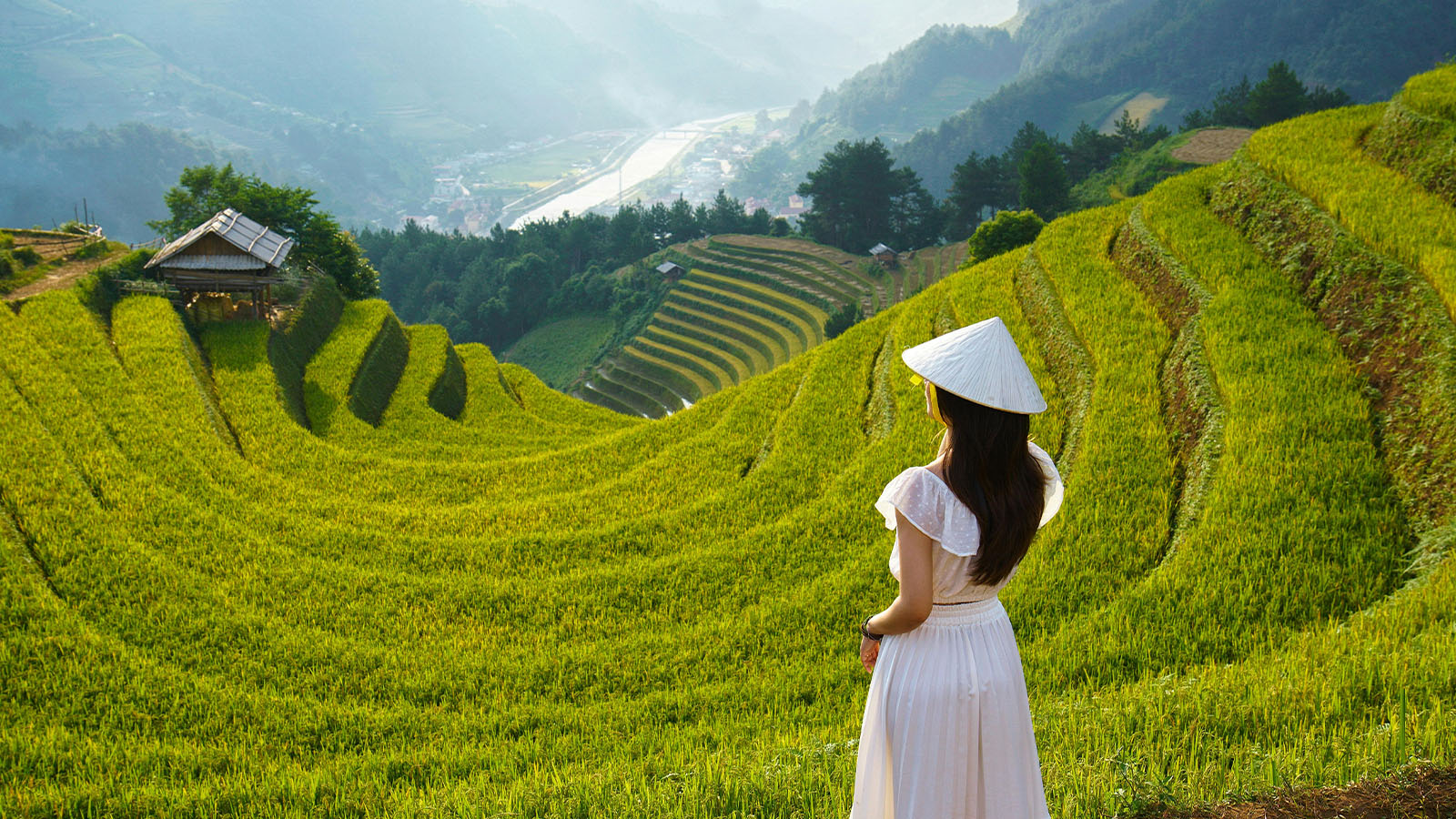
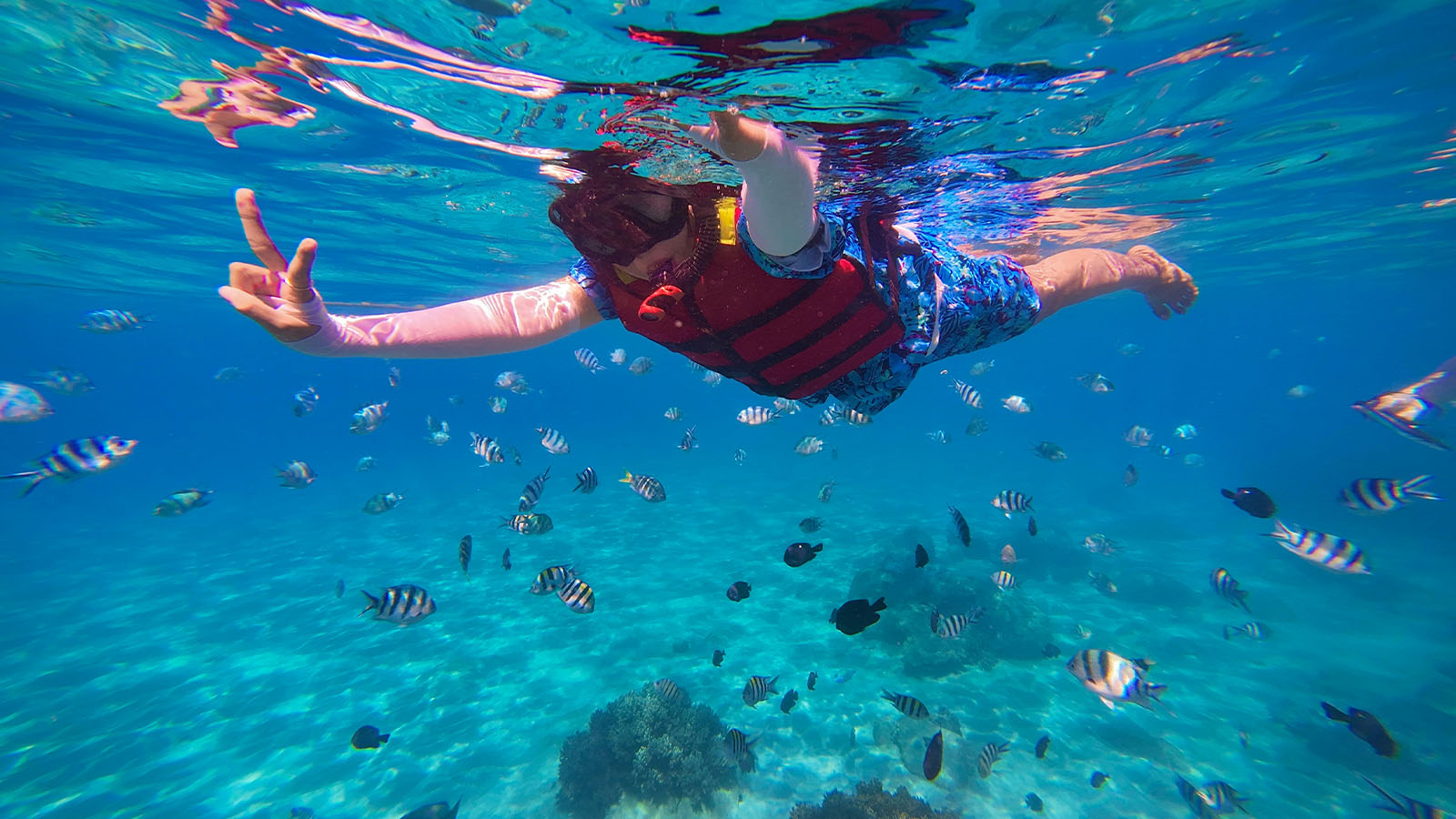
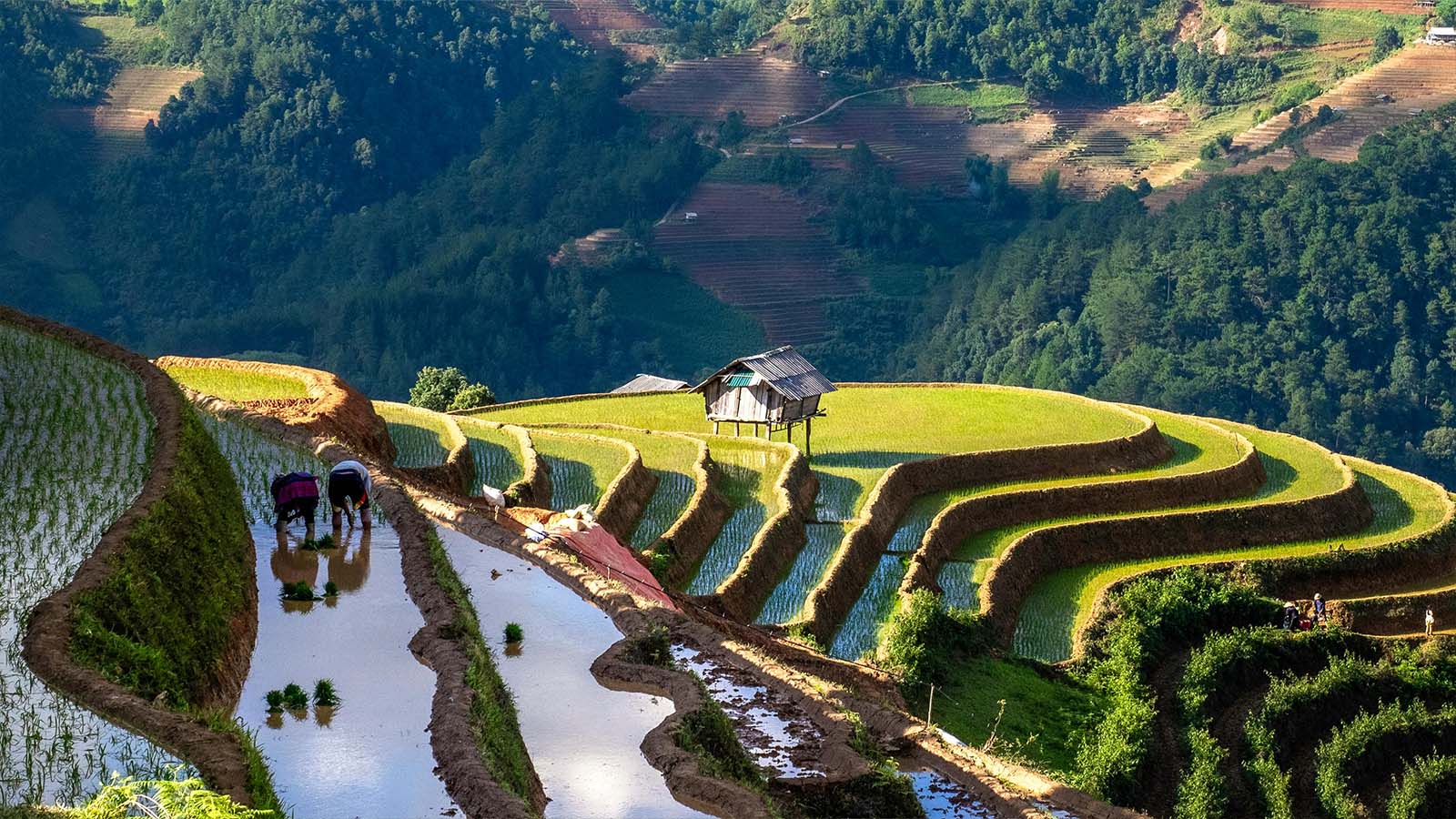
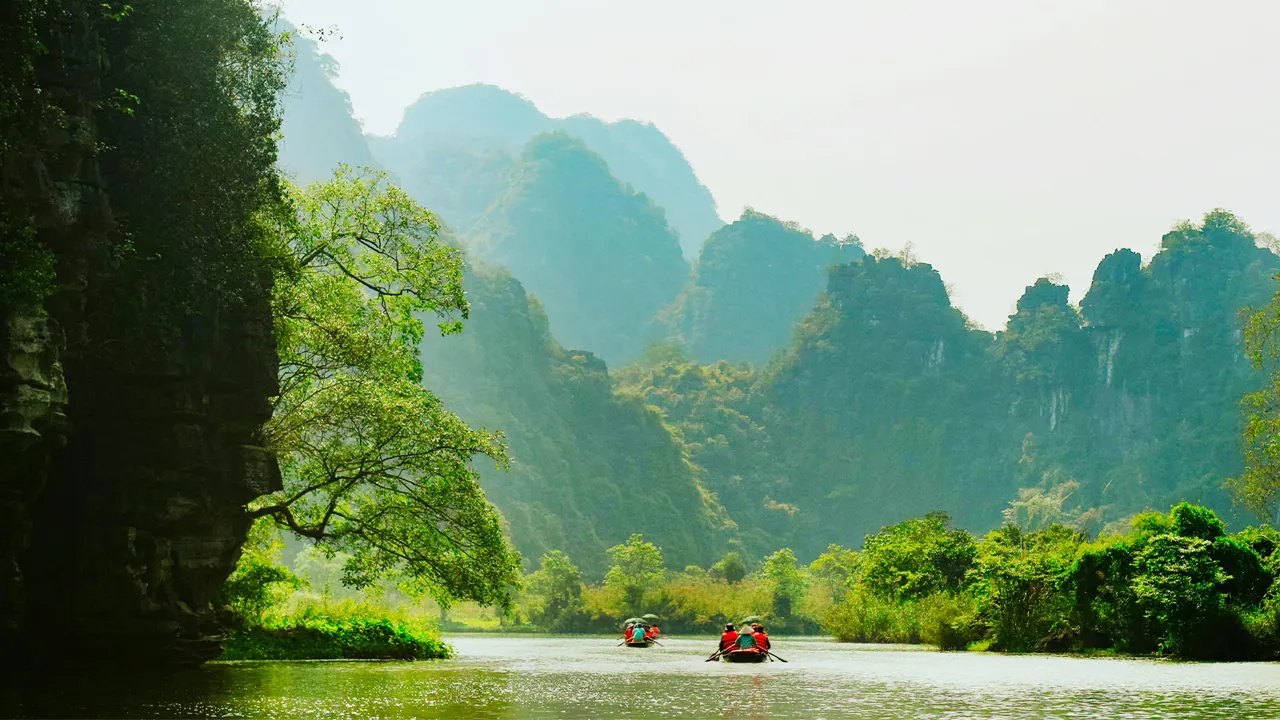

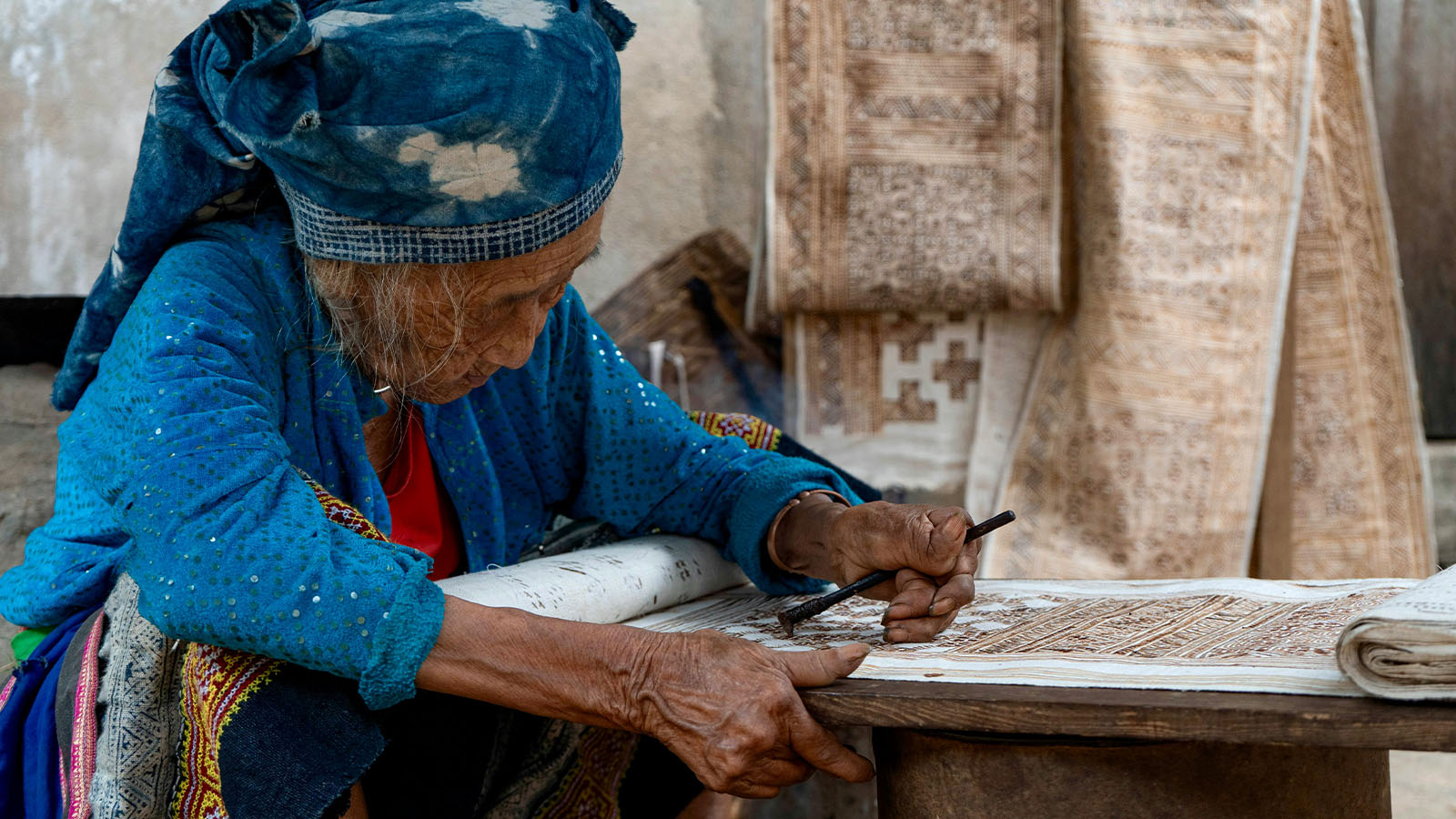
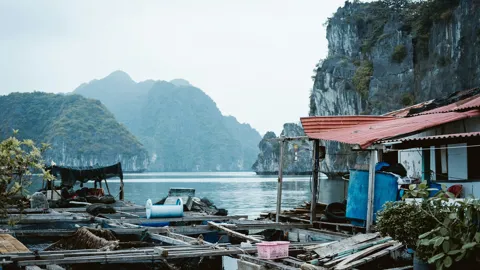







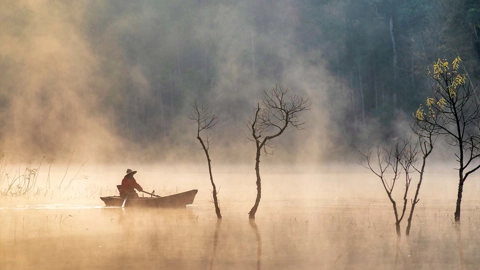



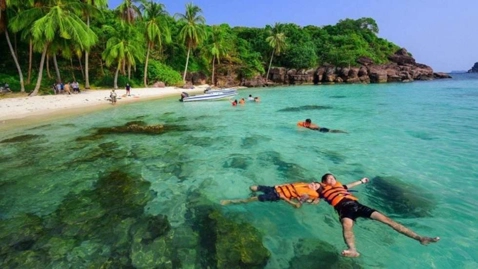














Comment